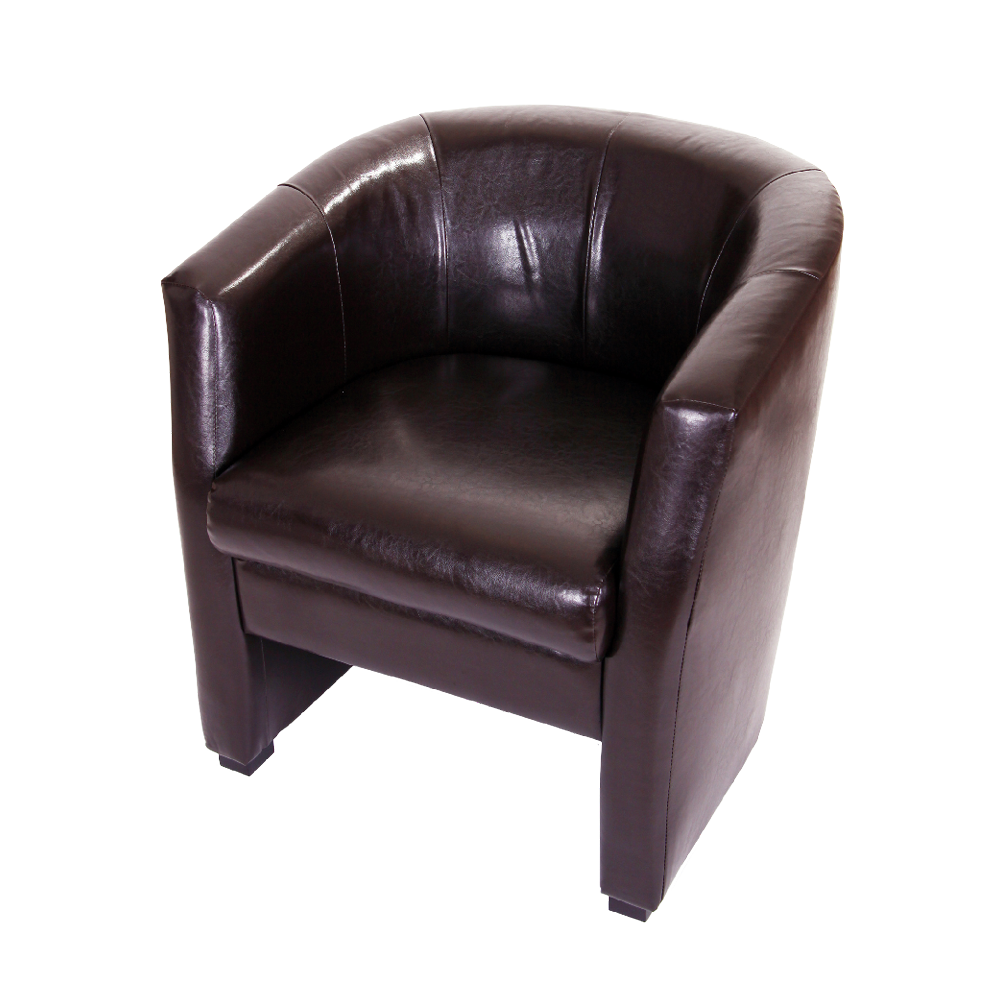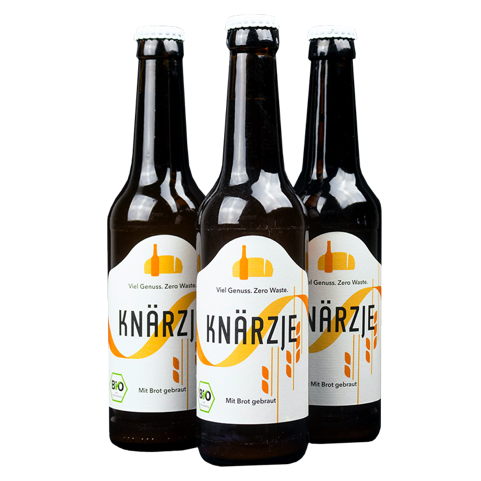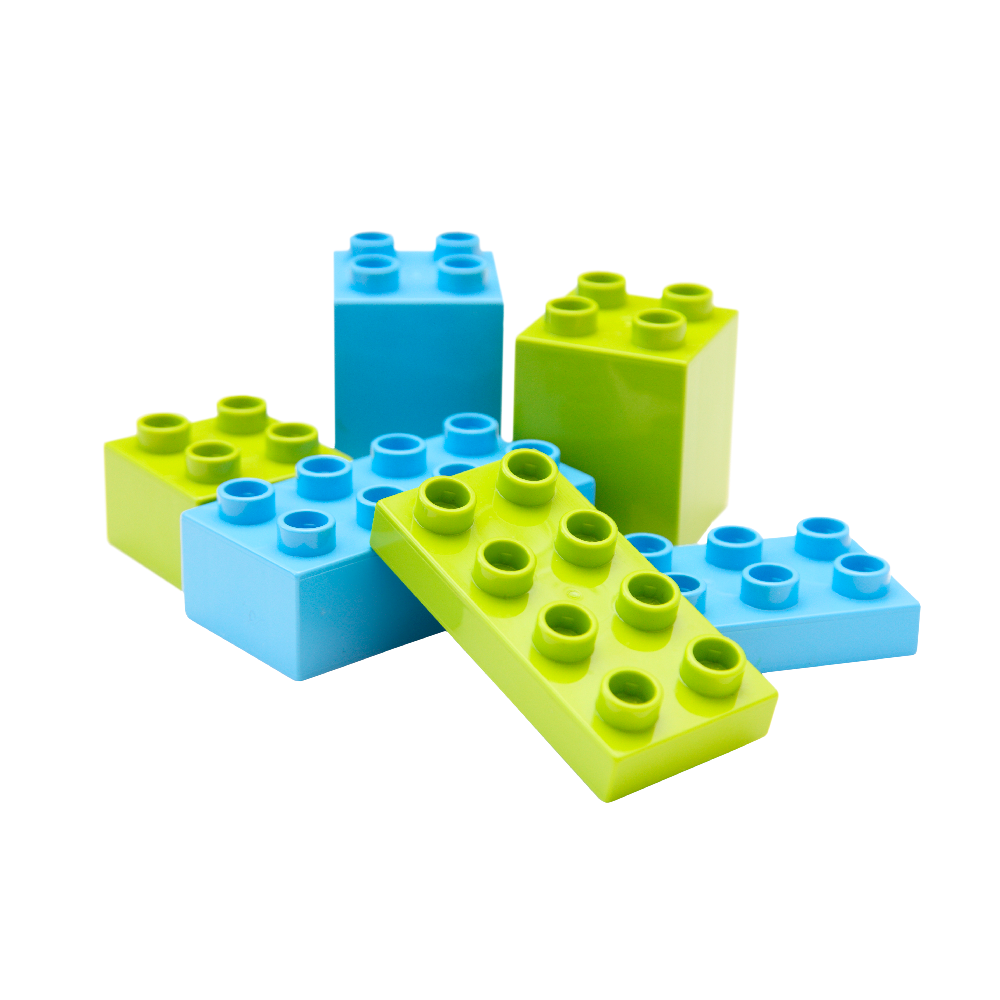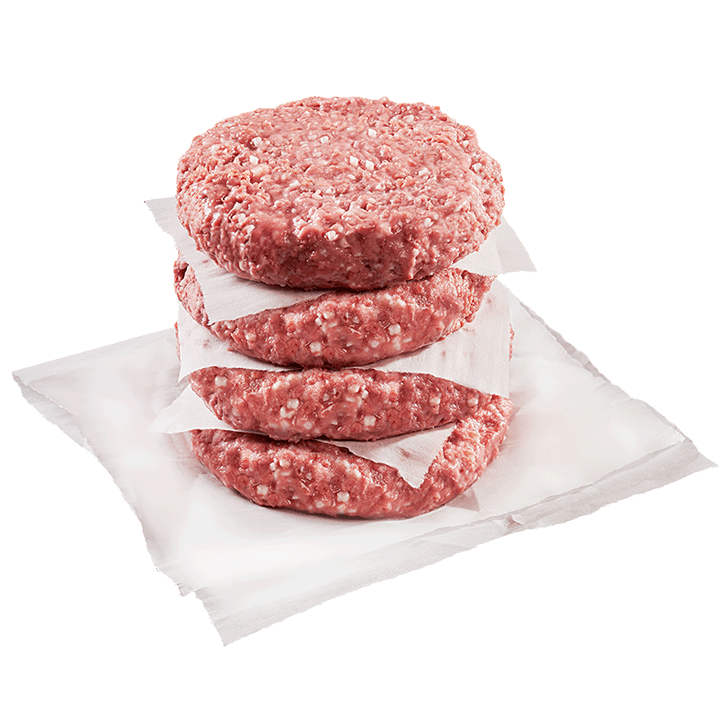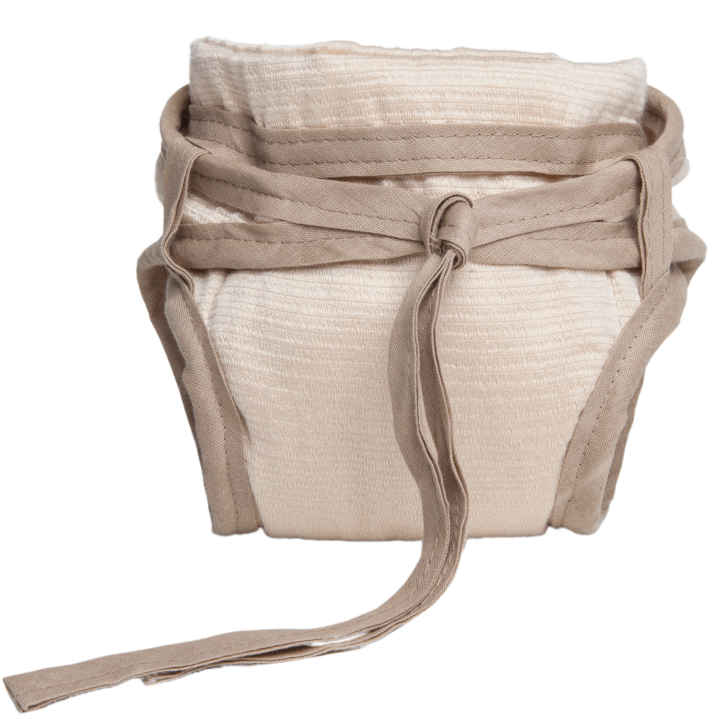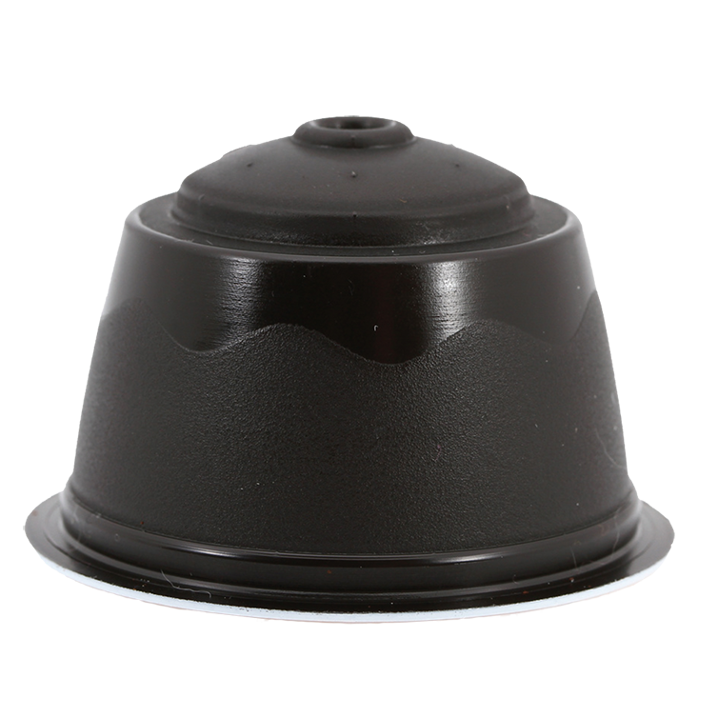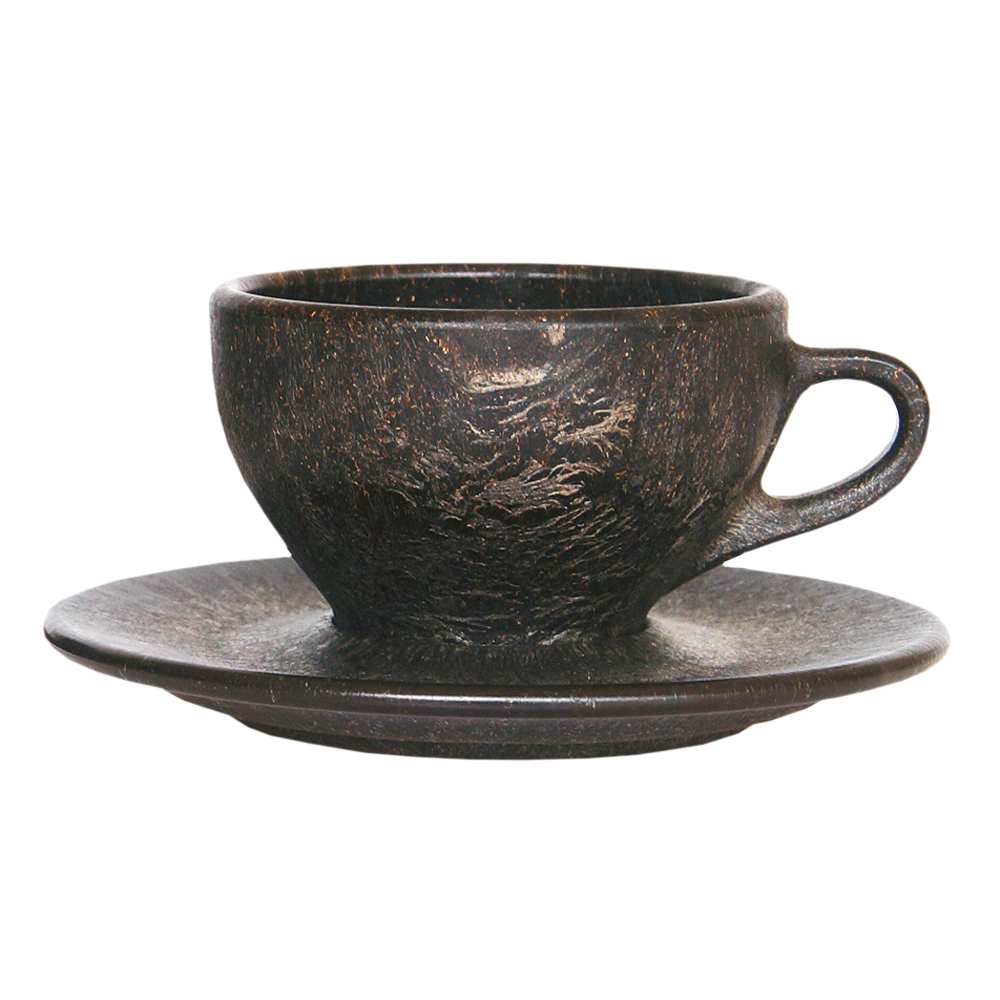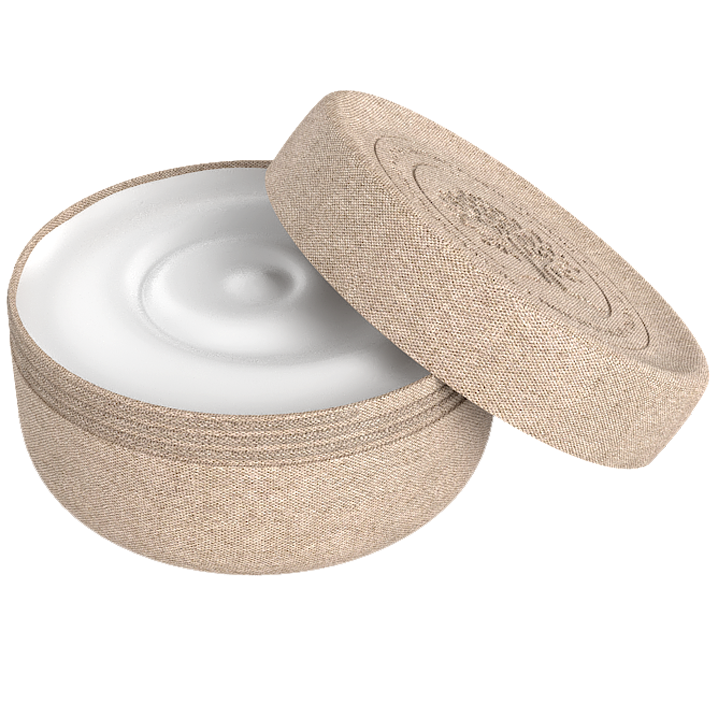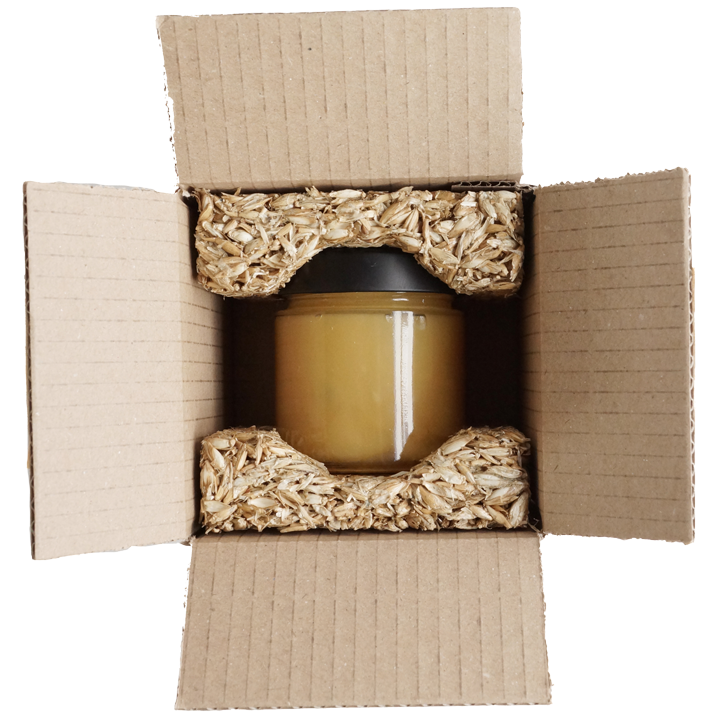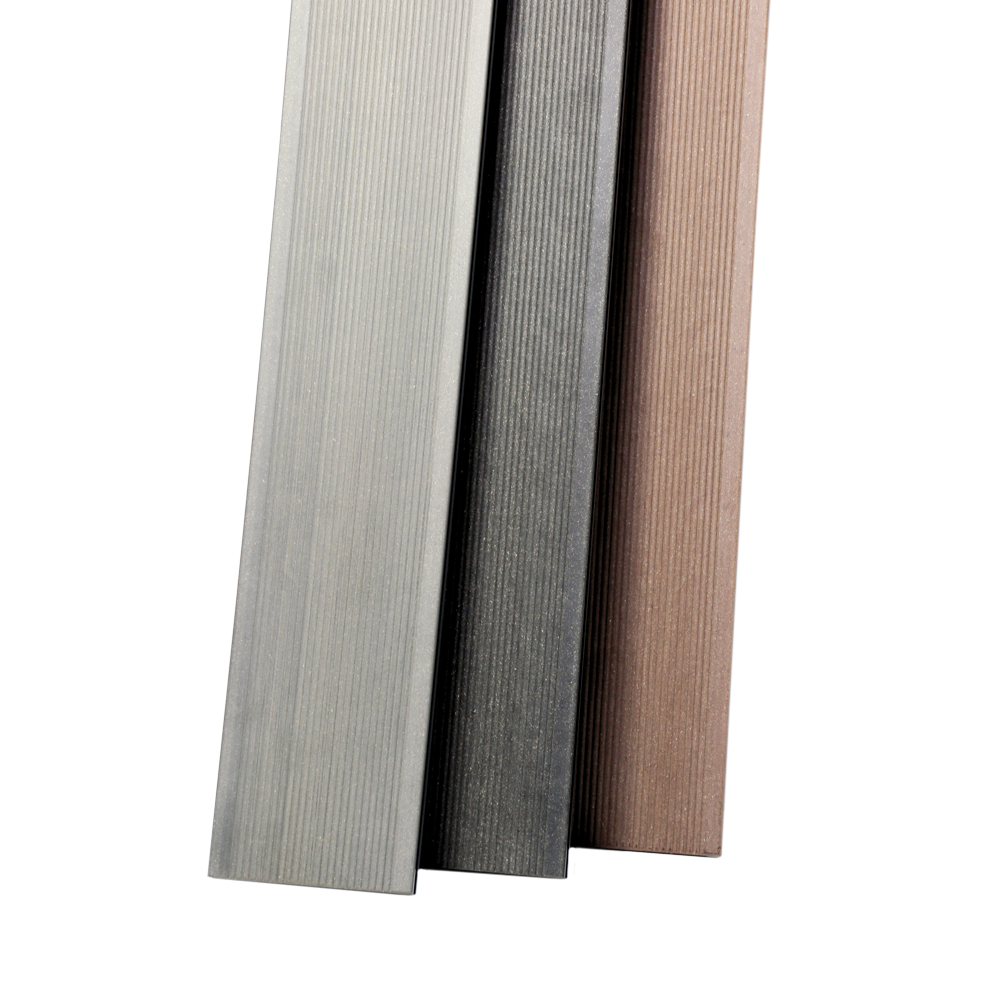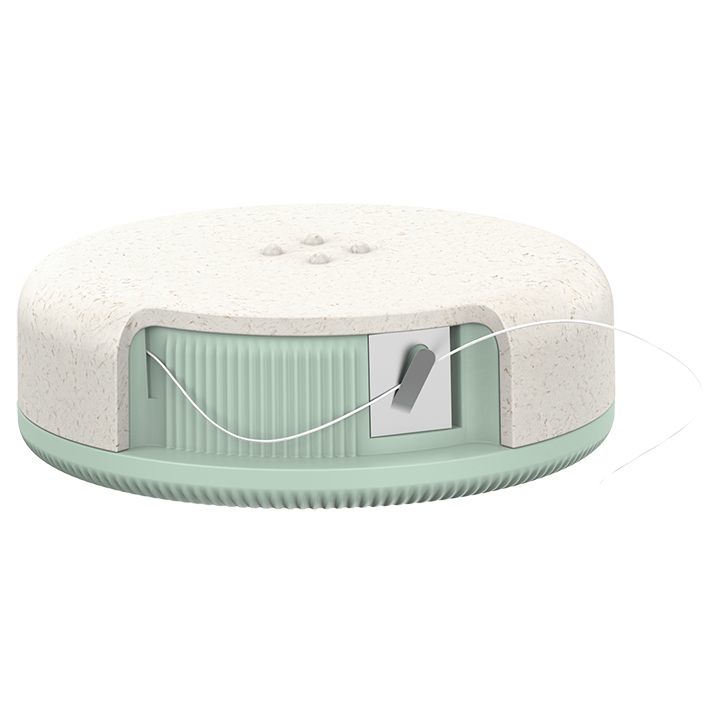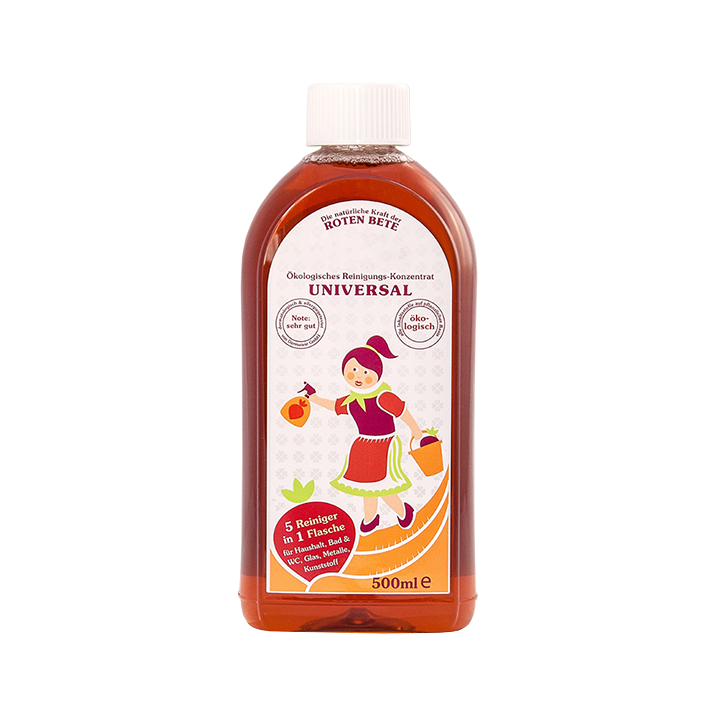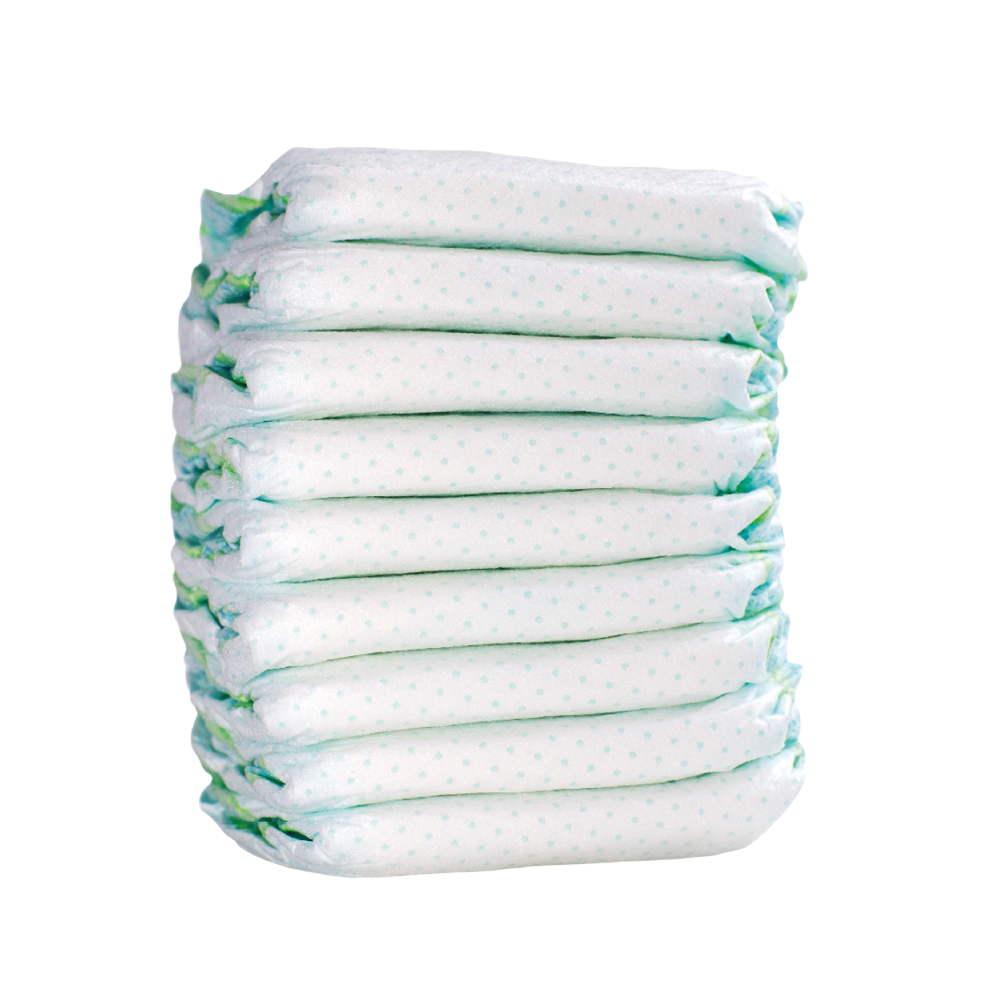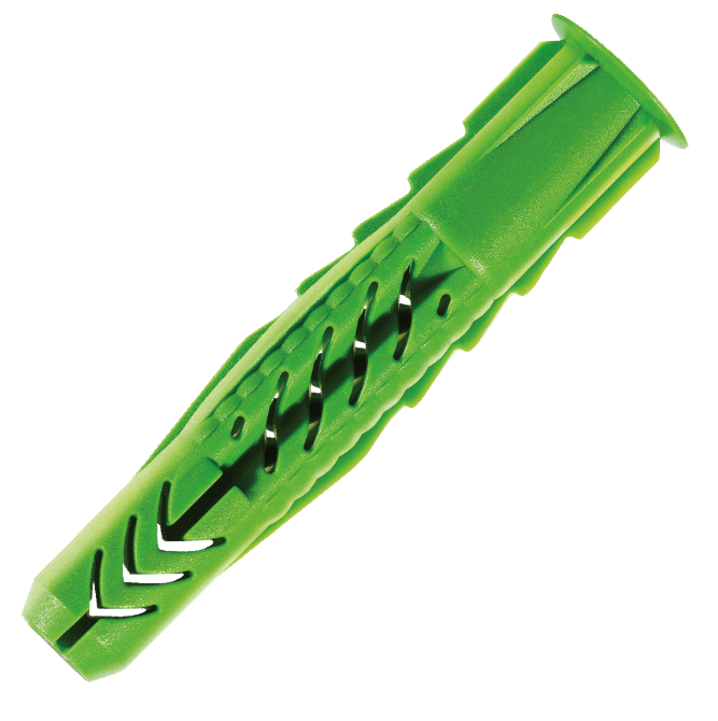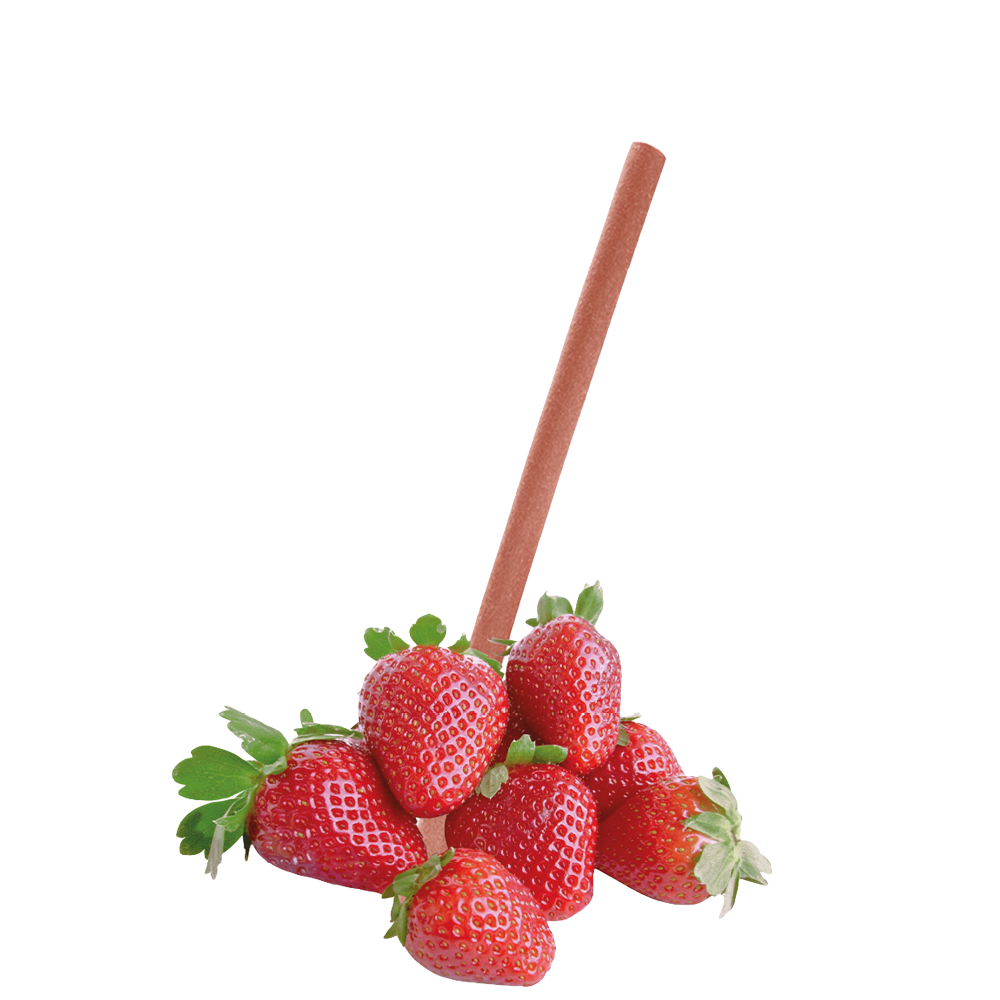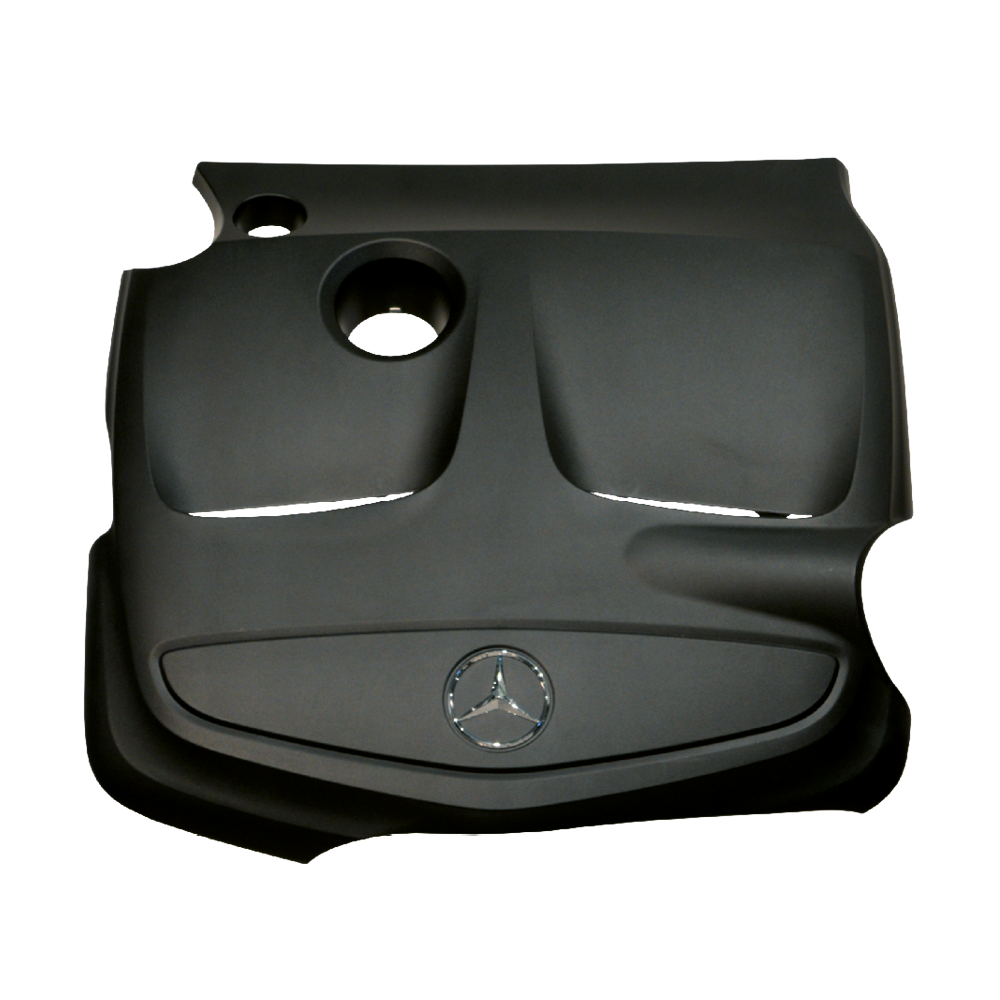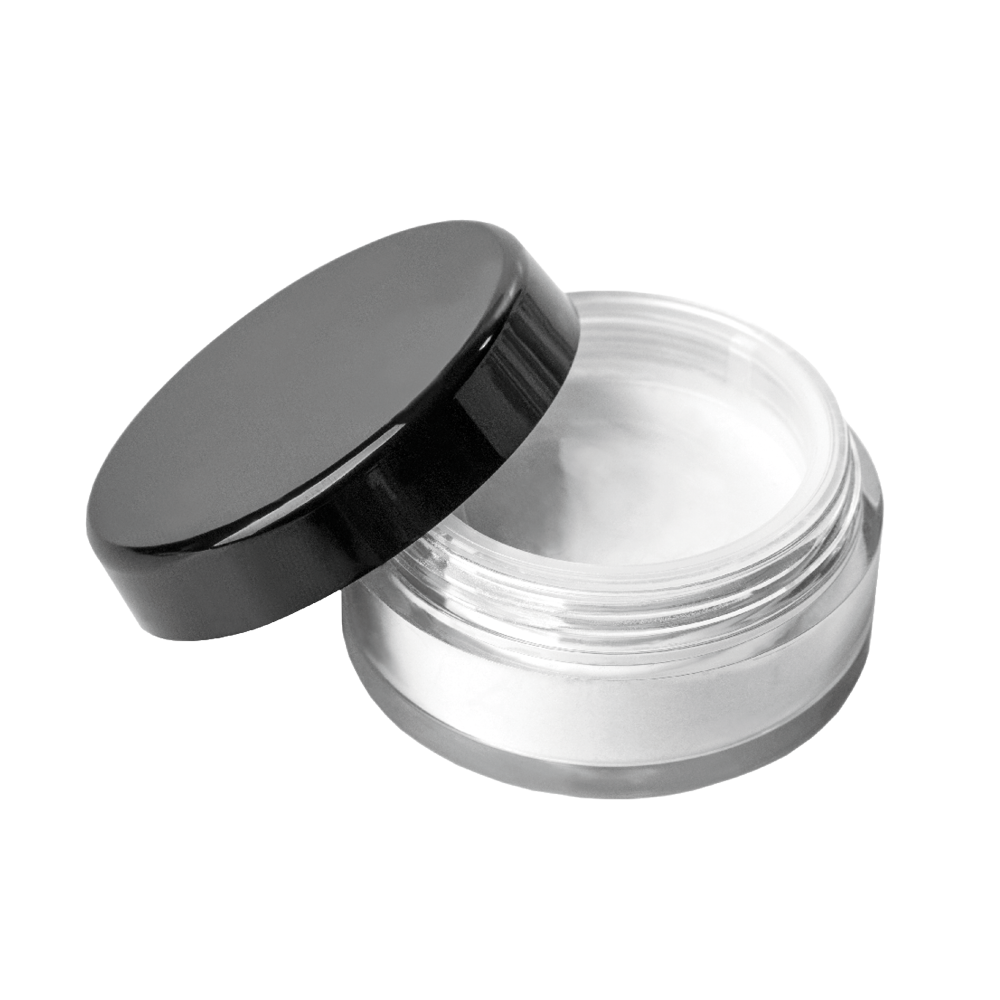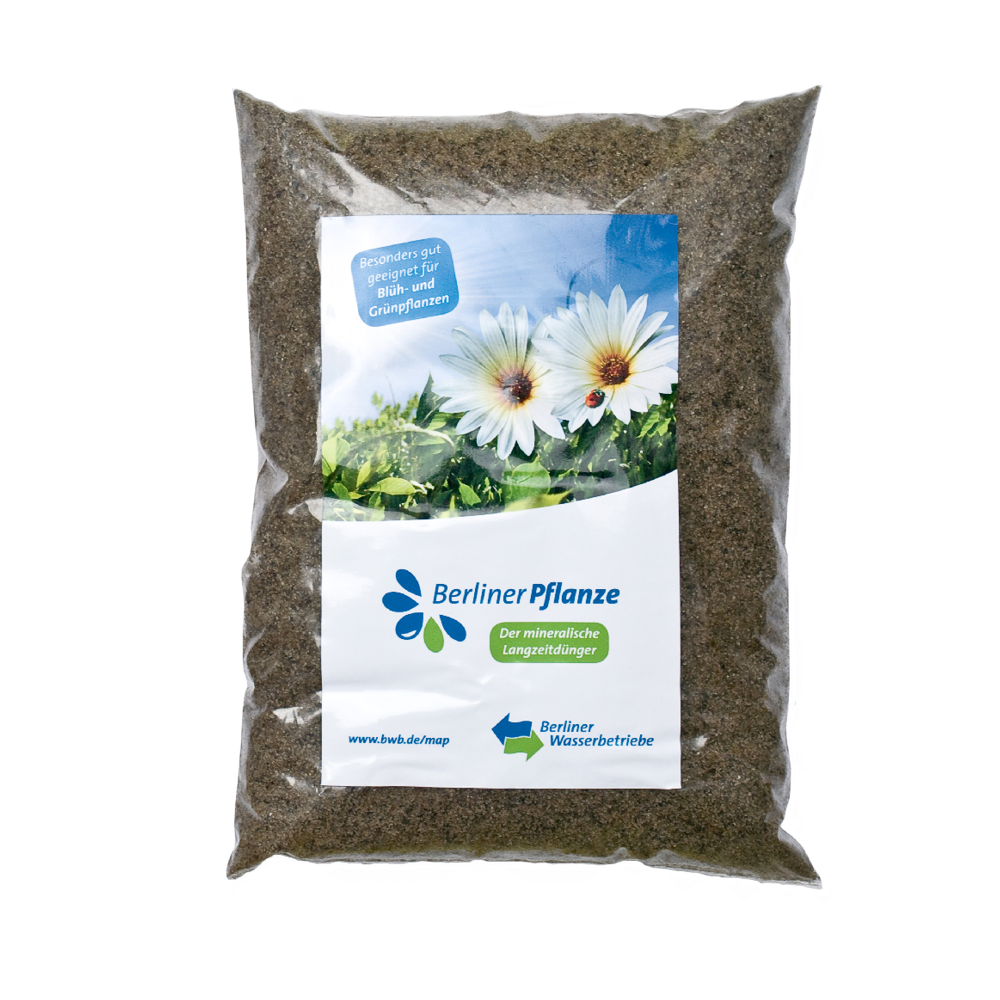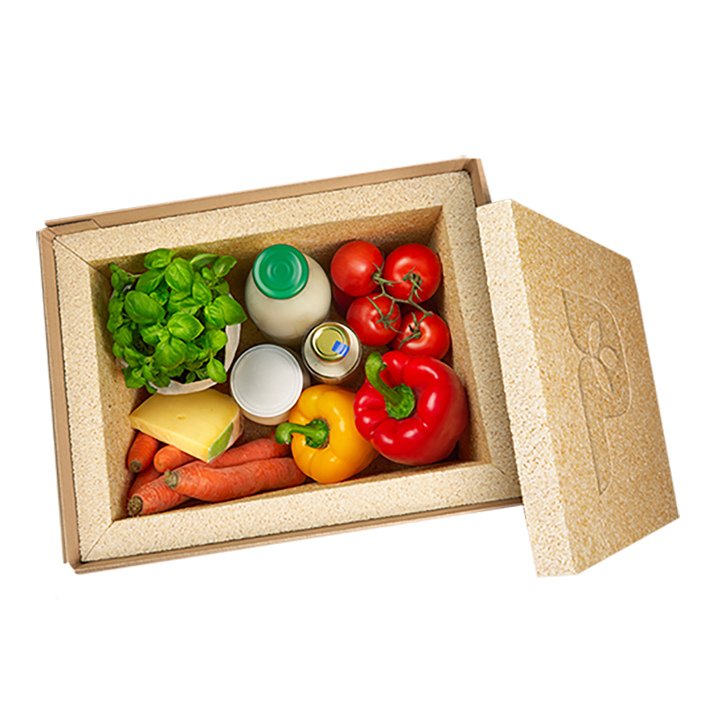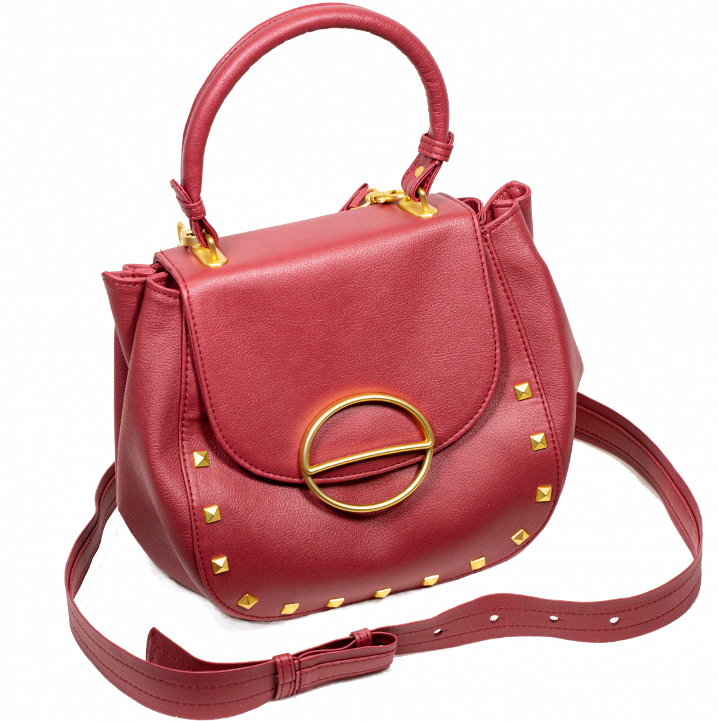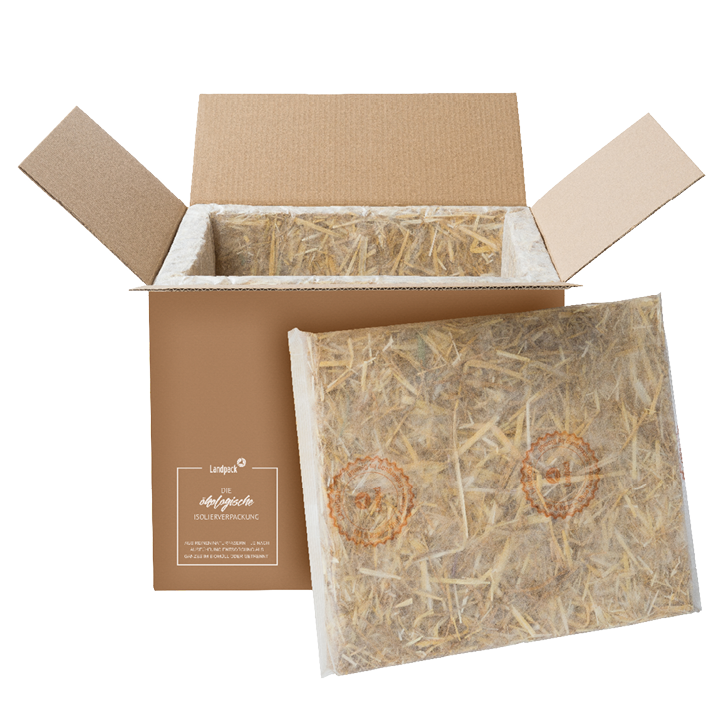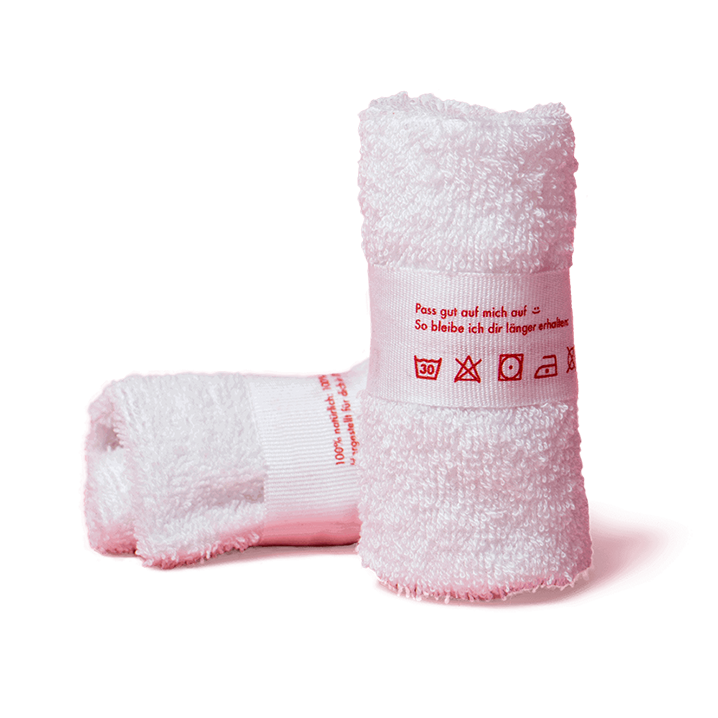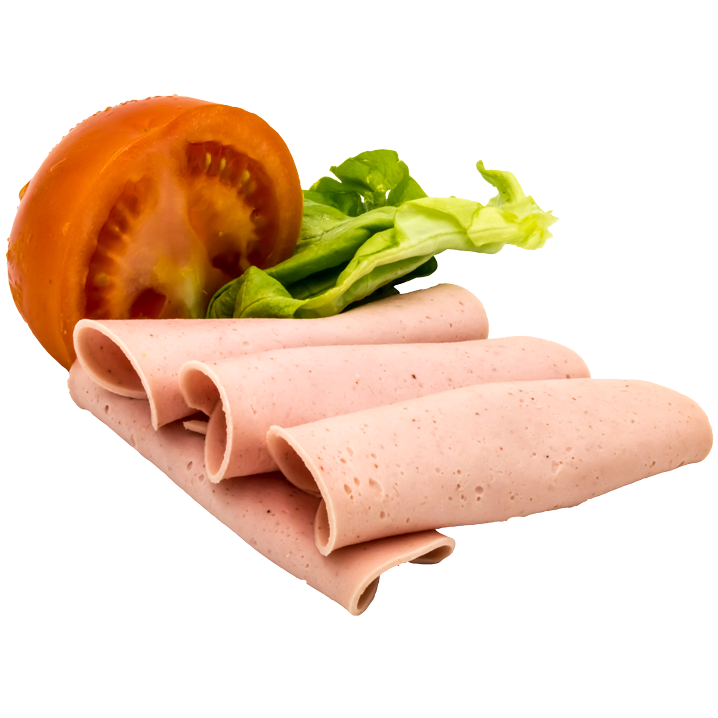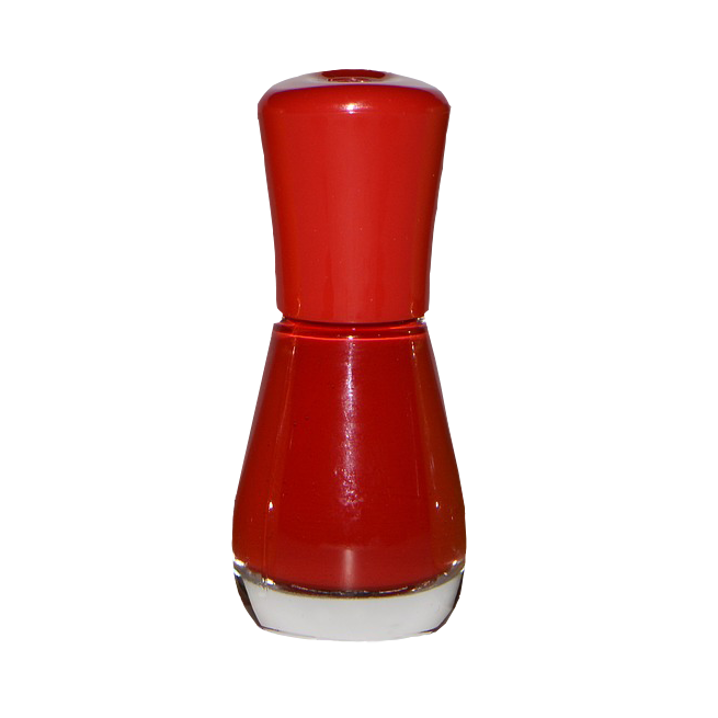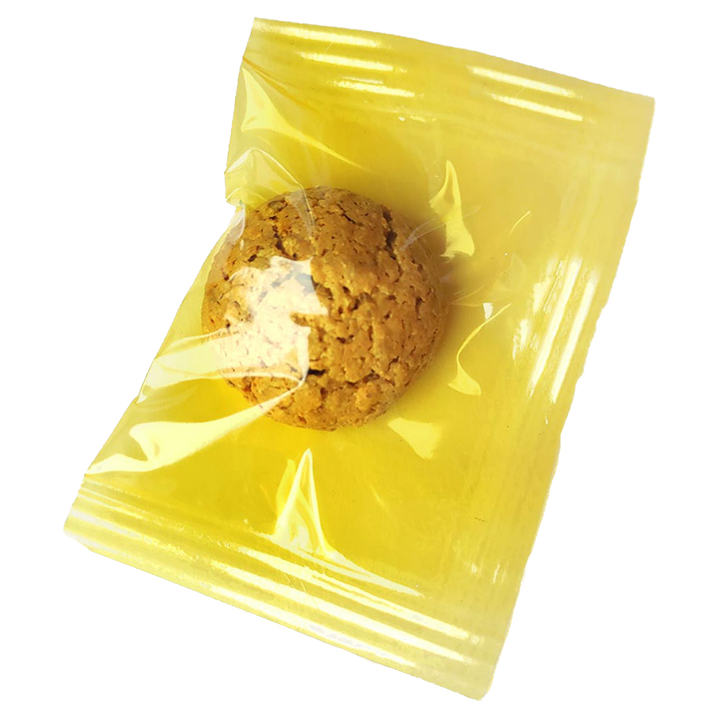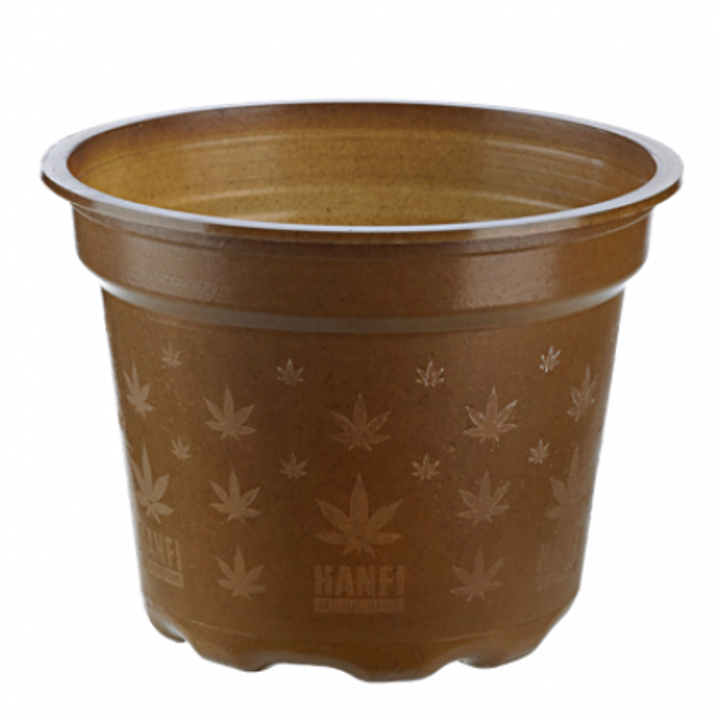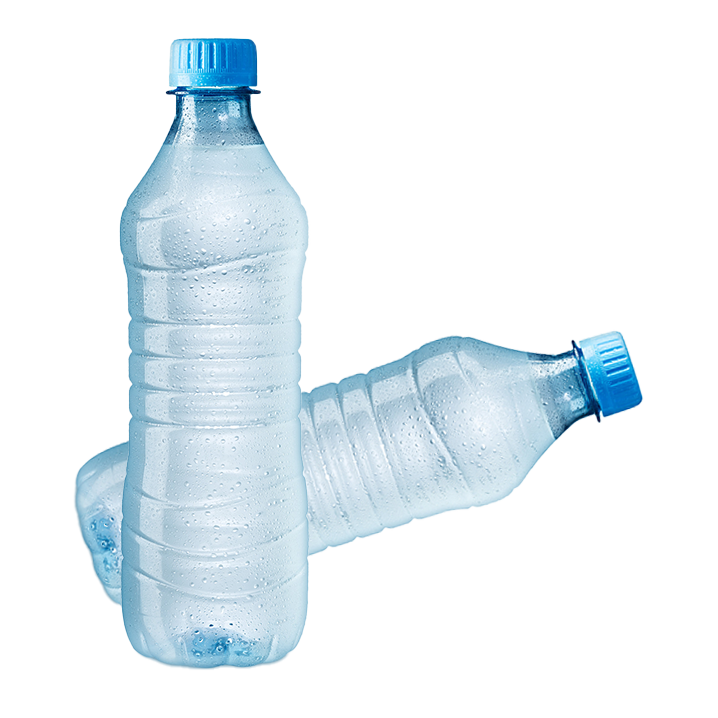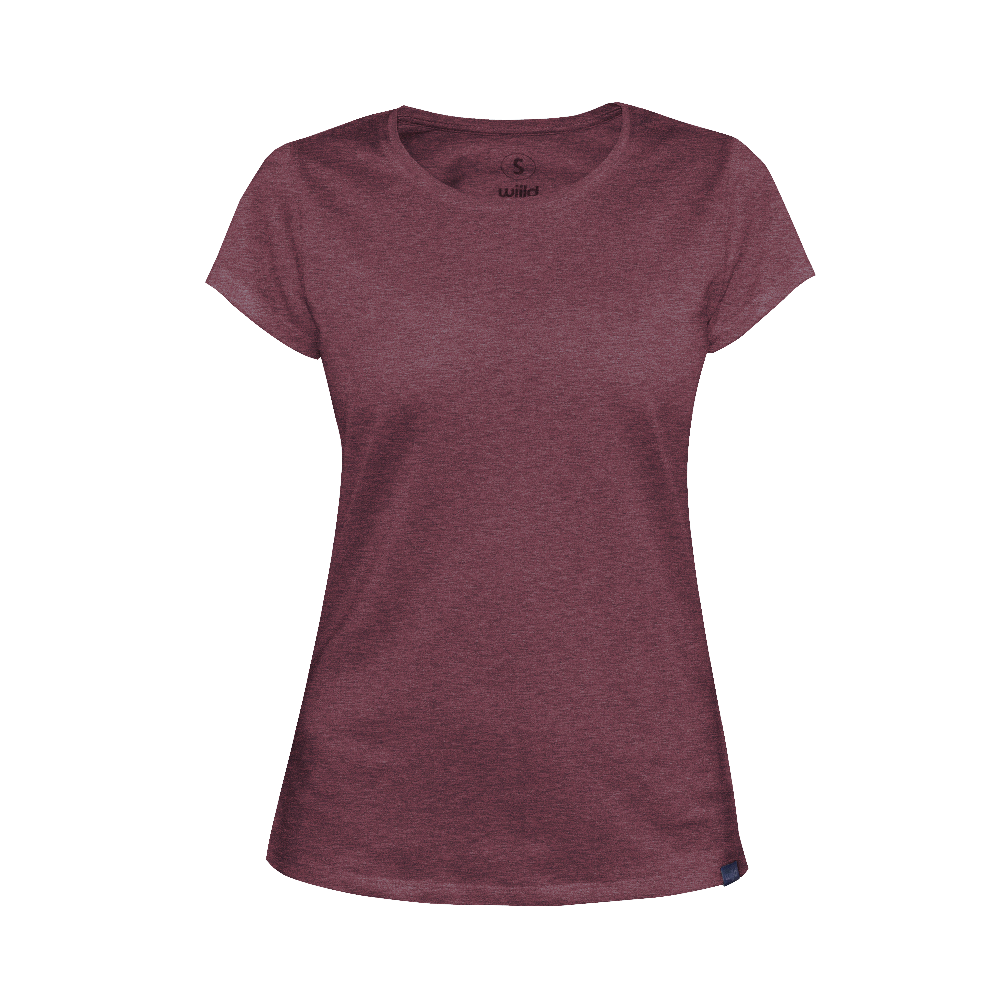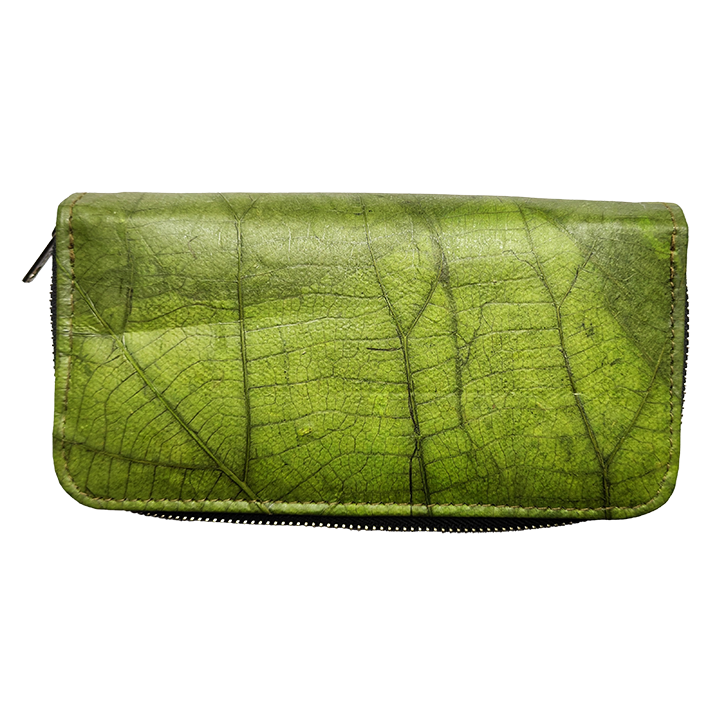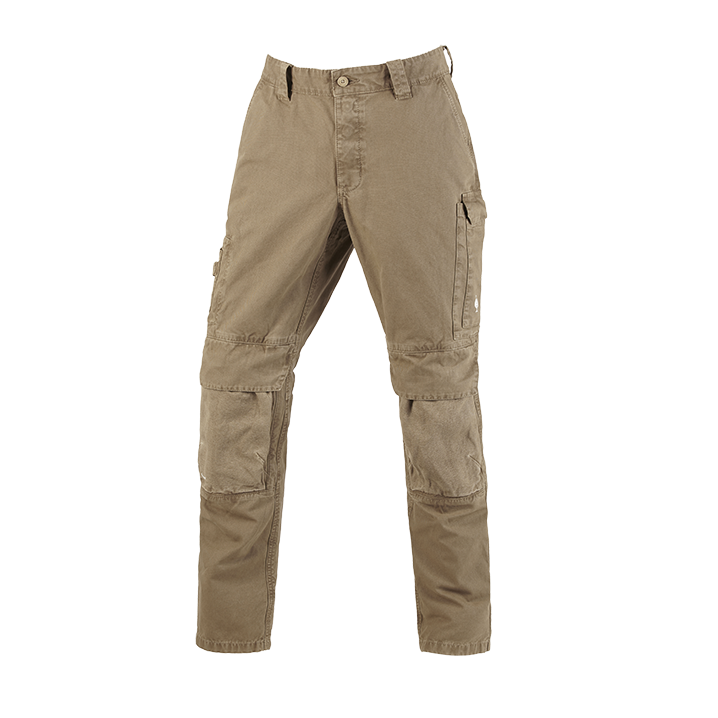Washbasin
Stable, heat-resistant, scratch-proof. These are the properties that a washbasin should have. Sanitary ceramics are ideal for manufacturing the basins - but so is a bio-based composite.
DATA & FACTS
Sector:
Sanitary
Renewable resource:
Wood
Participating companies:
Woodio Oy
Bioeconomy factor:
Saving of resources, utilisation of by-products
Status:
On the market


Advantages and disadvantages of sanitary ceramics
Ceramic, which is used in sanitary facilities, is usually made of quartz sand and limestone. The advantages of this mixture: objects made from it are particularly robust and have a long service life. In addition, these are two raw materials that occur naturally and do not have to be laboriously produced.
However, a great deal of energy is required for the manufacturing process, as the fusion into a homogeneous mass must take place at very high temperatures. In addition, sanitary ceramics cannot usually be recycled.
Wood instead of ceramic
In the bioeconomy, there is a material that shares the advantages, but not the disadvantages, of sanitary ceramics.
The composite called ‘Woodio’ consists of wood chips and resins, is 100% waterproof and significantly lighter than ceramic. It is also manufactured using a resource-saving process that requires no water and very little energy.
The Scandinavian company that developed the bio-based material uses it for a wide range of applications. In addition to washbasins, it is used to make toilets, bathtubs, wall panels and various organisers.
Market readiness
Products made from the wood composite are already on the market and are available from the Finnish company's shop, for example.
